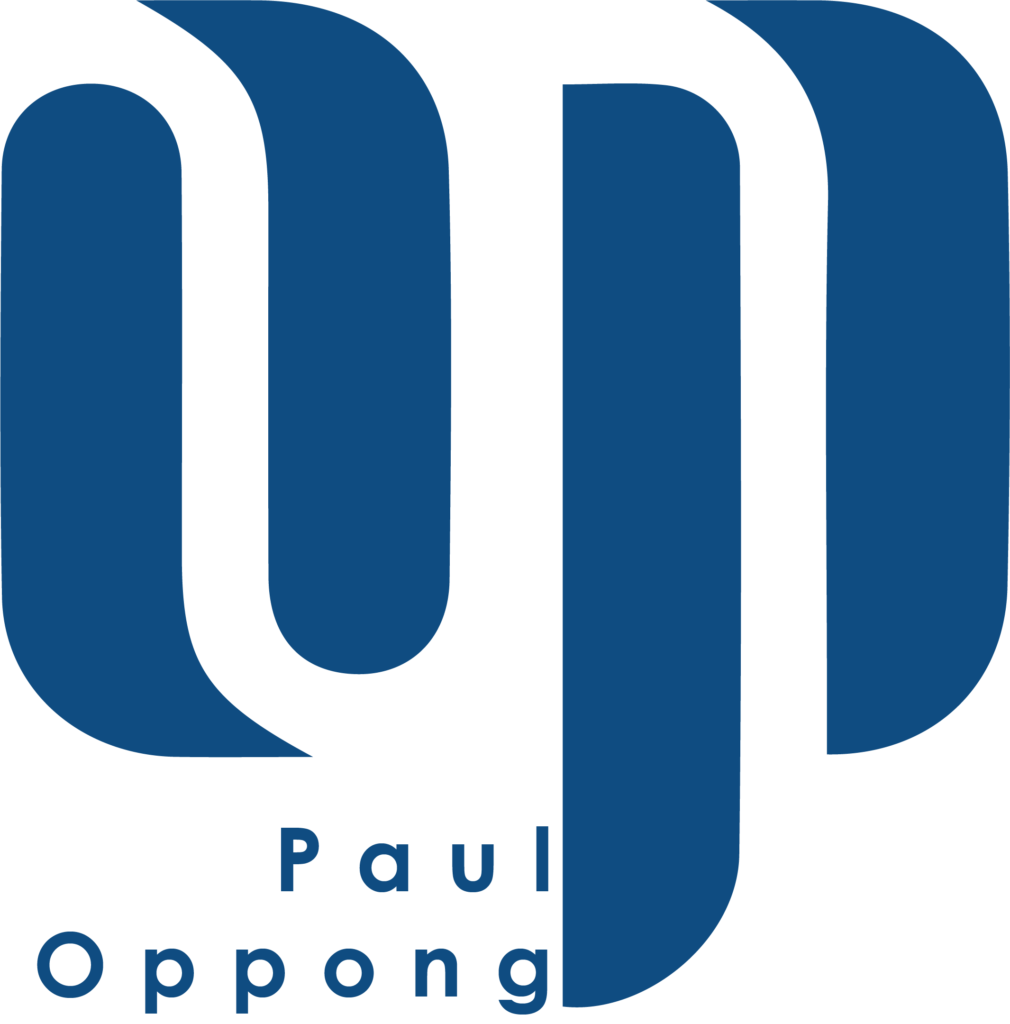Improving Remote Project Management: Embracing the New Normal
In the shift to remote work, improving remote project management has become crucial. According to the Australian Institute of Family Studies, two thirds of Australians were working from home in 2021. During the 2020 COVID-19 surge in the United States, 70% of full time workers were working from home.
I think it would be safe to say that your organization has been no exception to the rule. I suppose either your or some of your colleagues have started practicing full or hybrid modes of remote working. This shift presents new challenges to project management in terms of ensuring continuity of operations, maintaining effective feedback loops, and avoiding unnecessary delays.
What are some of the best practices that one can use to improve remote project management in an organization? Is there anything in addition to the essential project management skills that you need to demonstrate? Based on a careful review of available data and my own personal and professional experiences, I recommend 7 ways to do it effectively and without disruption to the ongoing work.
Setting the Right Expectations: A Cornerstone of Remote Project Management
Remote work makes some work processes cheaper and more efficient. On the downside, the people involved in project management remotely lack face-to-face contact, which often facilitates speedier resolution of issues and decision-making. In addition, managers face the challenge of tracking the work-hours their staff spend on projects.
It is therefore of utmost importance to set expectations right. As a manager, you should not hesitate to discuss your virtual modus operandi, hear concerns, and set out your expectations. Its result is a clear, flexible, time-bound, and result-oriented action plan that everyone should stick to. It will help avoid unnecessary misunderstandings, harmful disruptions, and wastage of time.
Choosing the Right Tools for Improved Remote Project Efficiency
The larger the project, the harder it is to keep track of progress against all the deliverables remotely. Coordination is another challenge when you have to rely on online communication only. You can only achieve so much with simple tables on charts in Google Sheets.
It is highly recommended to use something more sophisticated than these, especially when dealing with multiple projects or teams.
Luckily, there is no shortage of well-tested, multi-functional, and user-friendly tools (e.g., Asana, Jira Software, ClickUp, and others) that are great choices for agile project management. Pick one that meets your needs. The right software will help make time management and tracking smoother. It enables managers to gauge progress against the agreed goals and indicator targets.
Most of these tools are well-equipped to let you make necessary changes necessitated by external or contextual exogenous factors. All team members should of course have access to the software. You can set access, review, and approval levels in accordance with your organization’s needs and rules on the delegation of authorities.
Defining Priorities: A Key Step in Remote Project Management
Priority-setting is a must in any organization and irrespective of the mode of operation. However, remote project management makes the need for developing timely, clear, and shared priorities ever more pronounced.
To manage your portfolio effectively, break down your overall strategic priorities into monthly, weekly, and (if applicable) daily sets of priorities. You can also link them to specific units of work or sprints to have your ducks in a row. Clear priority-setting also means you can get rid of tasks that are inconsequential or no longer important.
Developing Measurable Indicators for Remote Project Success
The effectiveness of your project management plan depends on the relevance of measurable key performance indicators and milestones for each phase of the project. Not only will they ease project management and monitoring, but they will also help track the efforts of each staff member or team.
Advanced software tools and apps allow users to create and update action plans to keep all stakeholders apprised of progress, challenges, and necessary adjustments. For managers and genuinely agile organizations, they also serve as critical pieces of information for adaptive decision-making.
Delegation: An Essential Skill in Remote Project Management
Don’t be afraid to delegate. When managing projects remotely, you need to trust people to do their work in a responsible manner. You also need to give them sufficient space and opportunities to take initiative, innovate, and excel in their jobs. Micromanagement is a thing of the past. It has long been replaced by a rational division of responsibilities, teamwork, and incentive-driven work objectives. Delegation is also an effective team-building approach.
Ensure work-life balance
As noted, remote project management comes with its own set of challenges. The pandemic has aggravated many of them even further. Managing stress is a critical challenge for people, especially if they spend most of their time in isolation. The lack of social contacts can lead to demotivation, fatigue, and emotional burnout.
As a manager, you need to stay in regular contact with your team to make sure that they are able to maintain a healthy work-life balance. Avoid asking your team to put in extra hours if they feel uncomfortable. Don’t place work-related calls when you yourself should be having time off.
Regular Check-ins: Enhancing Communication
Effective managers are good at minimizing the number of calls and meetings, especially the unnecessary ones. But you still need to set aside some face time to see, hear, and talk to people to get their vibes on how the project is fairing. Make sure you integrate time slots for recurrent check-ins and status updates with your staff (teams and individuals).
These calls also provide an opportunity for your staff to share their concerns and grievances and for you to address them in a professional manner. When working with remote teams, you might not always be readily aware of the kinds of issues people might be facing.
Summary
Remote project management requires increased dedication, discipline, and teamwork to deal with the lack of face-to-face communication. It also requires a modus operandi based on the rational use of technology, digital solutions, regular updates, and a healthy work-life balance.
Agile organizations are extremely good at making remote project management practices effective and rewarding, paving the way for collaborative teamwork and adaptive management. Make sure to review the recommended practices carefully to make the most of the best practices that have withstood the test of time. Until next time, you are up to date.

